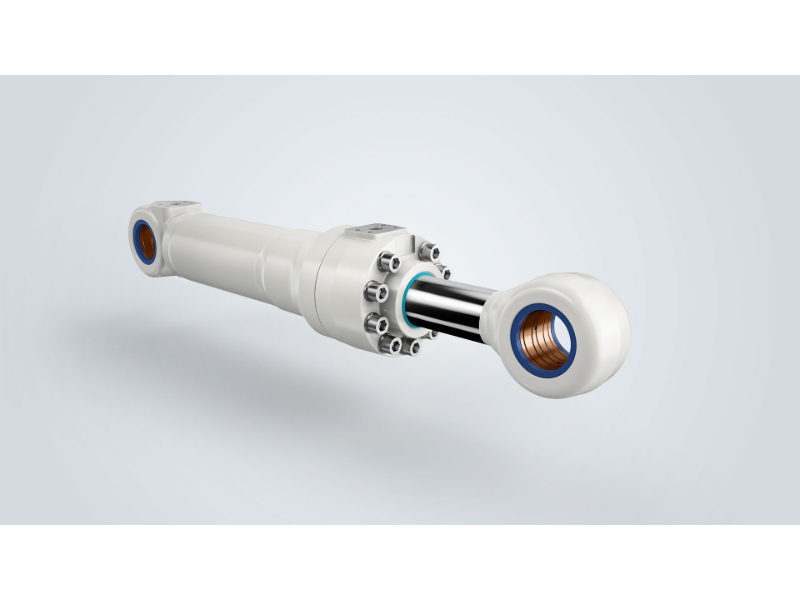How do hydraulic adapters connect different thread types?

Hydraulic adapters connect parts with different threading patterns in fluid systems. Specialized threads allow equipment and pipes to be connected. It uses multiple threading systems while maintaining constant pressure throughout the entire hydraulic network.
Thread type variations
Manufacturing traditions across different countries have resulted in several threading standards that appear in hydraulic systems. Each standard brings its own specifications for how threads should be cut and sealed.
- BSP threads from British standards use a 55-degree angle with parallel or tapered options, depending on the specific application
- NPT threads follow American standards with 60-degree angles and a 1:16 taper that creates sealing through thread interference
- Metric threads align with ISO specifications and come in various pitch measurements matched to pressure requirements
- JIS threads from Japanese manufacturing use a similar geometry to NPT but differ in pitch dimensions
- SAE straight threads require separate O-ring seals rather than relying on the thread taper for sealing
The adapter itself gets machined with different threads on each end. One side might have male NPT threading, while the opposite end features female BSP threading. This arrangement lets fluid pass through the middle channel while both ends lock onto their respective components. Manufacturing these adapters demands tight tolerances because thread engagement must be precise. Even small errors in pitch or angle can prevent proper connection or cause leaks when the system runs under pressure.
Adapter design features
Beyond the threading itself, these connectors include several structural elements that affect performance. The internal passage keeps a consistent width to avoid restricting fluid movement. Body shapes vary from straight couplings to elbows, tees, and crosses based on how the piping needs to route through equipment. The hex sections on adapter bodies provide flat surfaces for wrenches during installation. Thread entrances get chamfered to help guide components into alignment as assembly begins. Internal surfaces stay smooth to reduce turbulence in the flowing fluid. Each sealing face gets machined to match the requirements of its particular thread standard. Material selection considers the pressures and fluids involved, with options including carbon steel, stainless steel, and brass alloys.
Sealing mechanism explained
How these connections prevent leaks depends on the thread type being used. Tapered threads like NPT create seals as the male thread wedges into the female thread during tightening. The interference between the two tapered surfaces blocks fluid from escaping. Thread sealant tape or paste fills any remaining microscopic gaps in the spiral thread path. Parallel threads work differently because they maintain the same diameter throughout. Separate sealing elements are needed, usually elastomeric O-rings. O-rings are compressed as connections are tightened. Some designs place the O-ring on the flat surface of the port. This face seal approach handles higher pressures and allows repeated disassembly without damaging the seal. Many adapters combine both sealing methods since each end might connect to components with different thread standards.
Two thread patterns must be machined into a single fitting when joining hydraulic parts with incompatible threads. They allow fluid transfer between systems while preventing leaks. Modern hydraulic systems operate across a wide range of industries.






